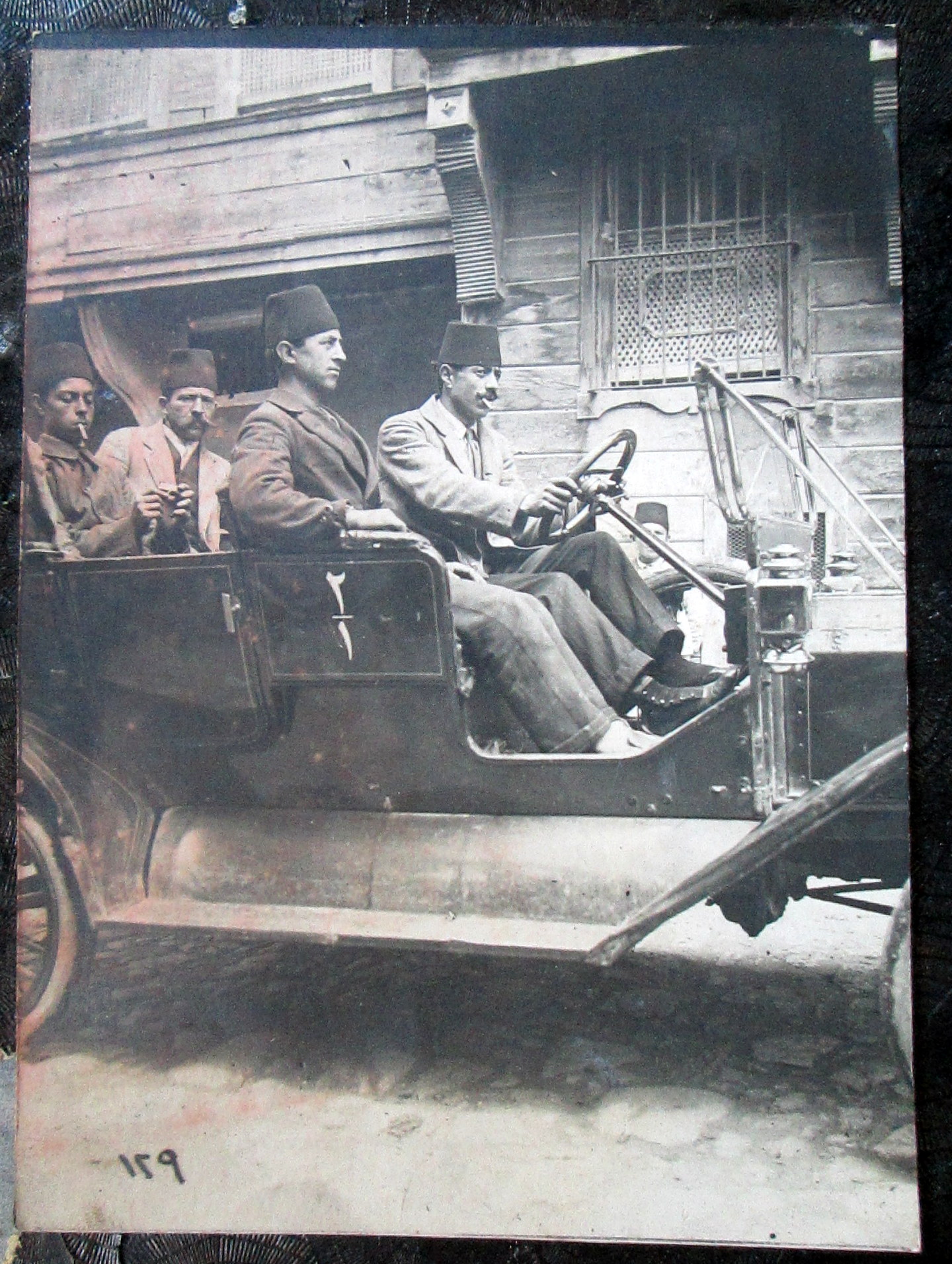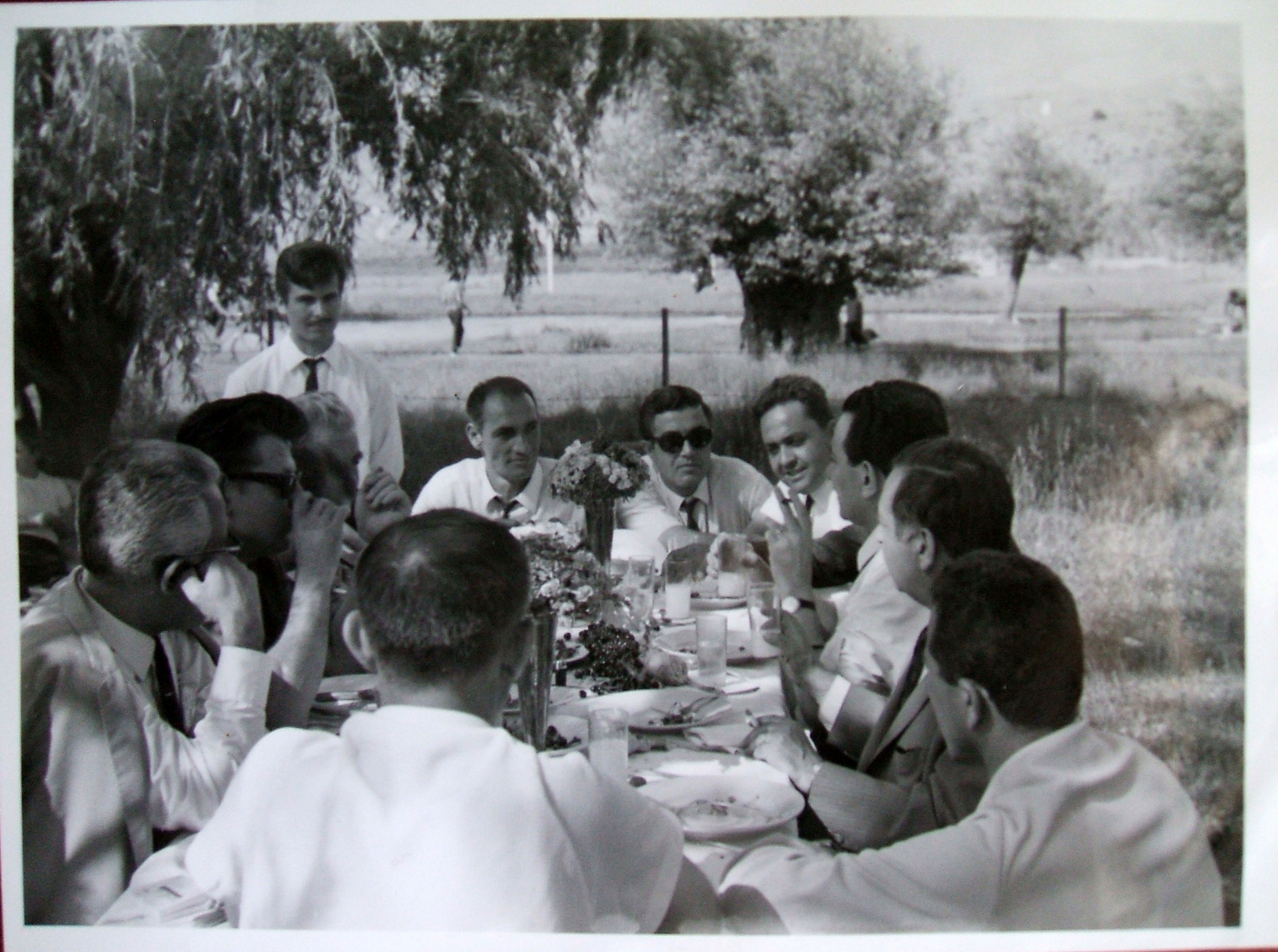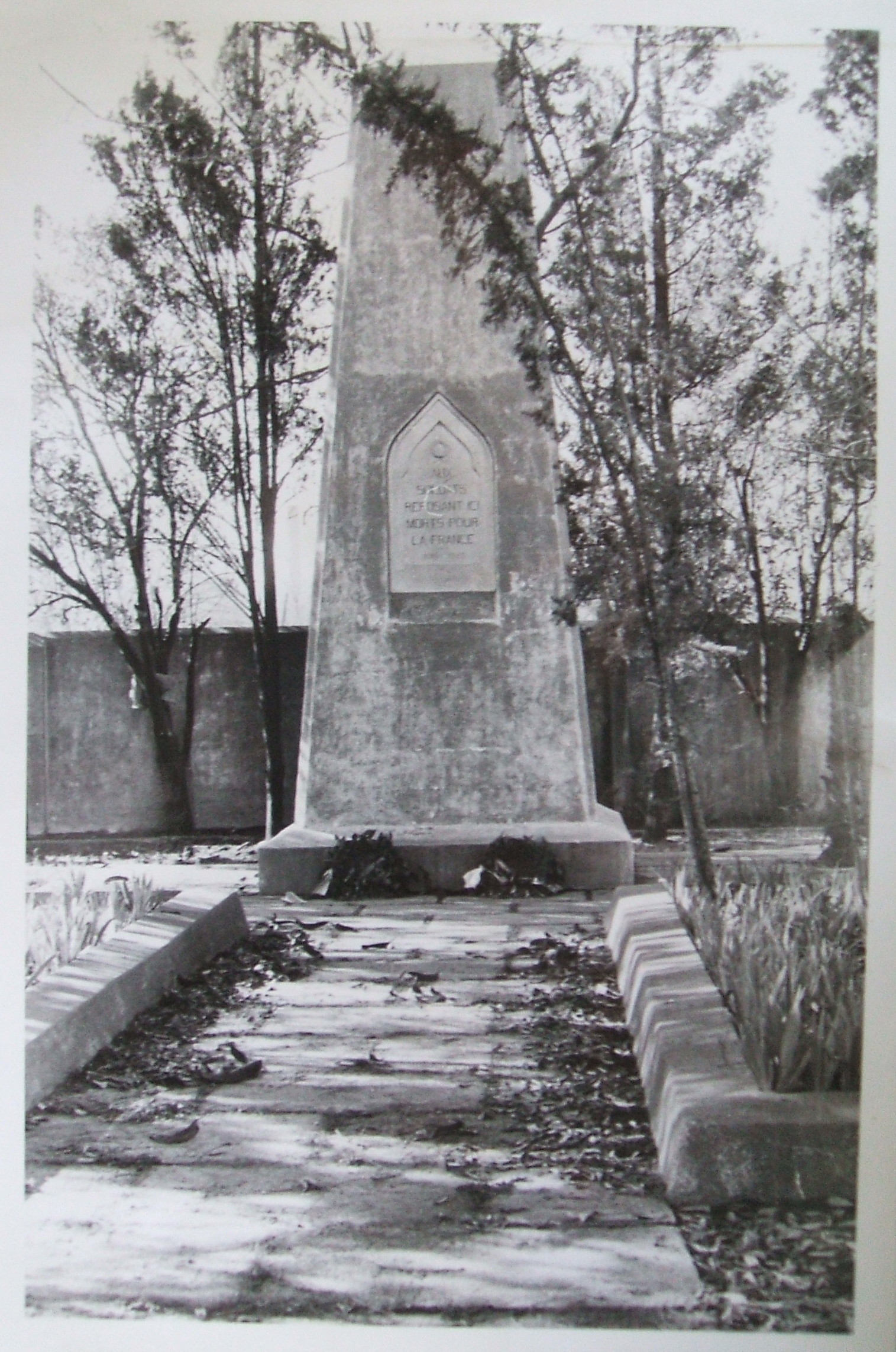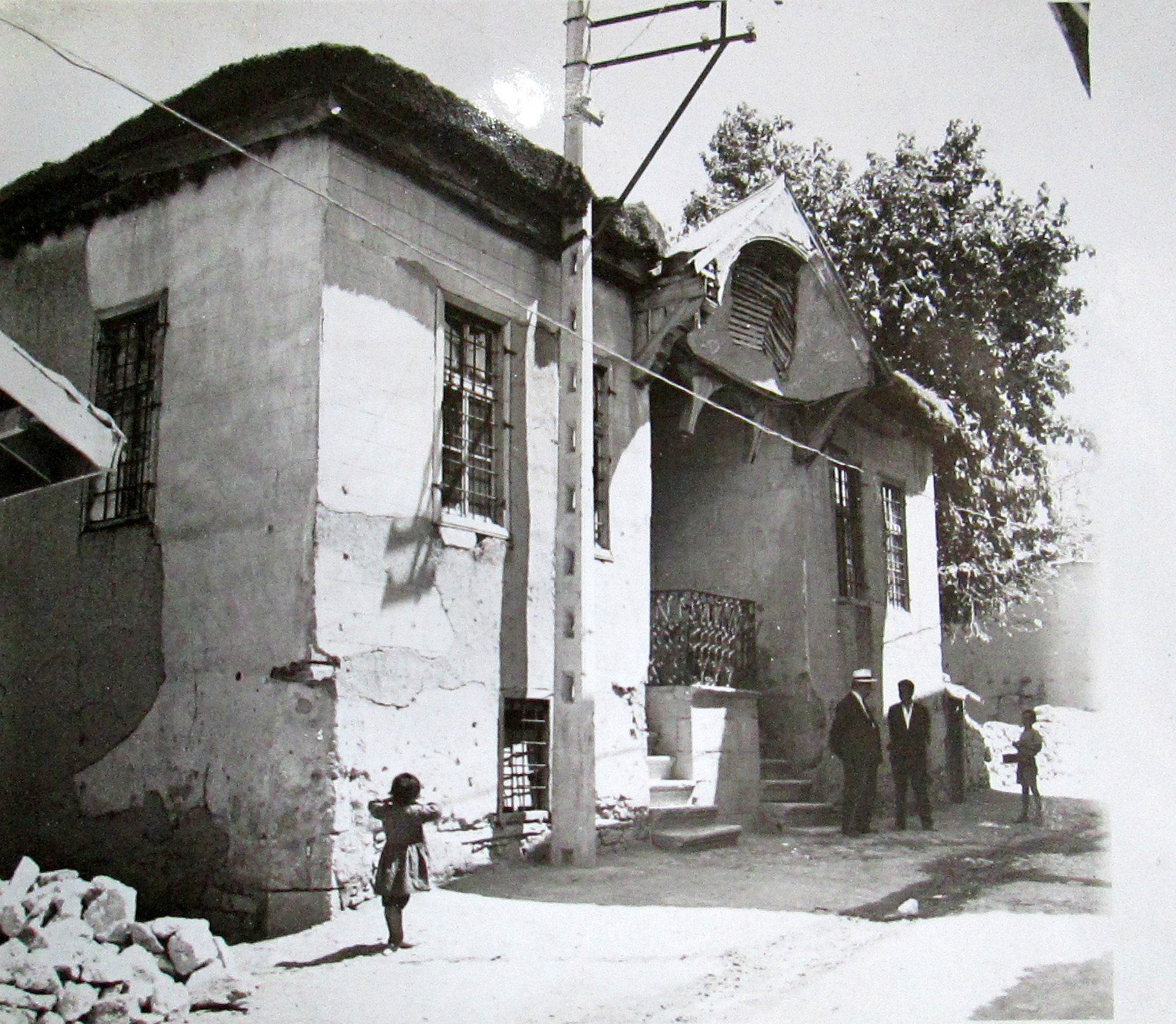Nick Danforth, Georgetown University
"Greek Prime Minister Karamanlis's house in Karaman" (Konyalı Archive, 1887) An interesting article in Hurriyet in fact cites Konayli's work as the source of the persistent rumor that the famous Greek politician Konstantin Karamanlis was in fact from Karaman in Turkey. In fact, Konstantin, whose nephew Kostas served as Prime Minister more recently, was born in northern Greece near Serres in 1907 when the region was still under Ottoman control. The article also mentions a conversation that supposedly took place in the 50s between Karamanlis and Adnan Menderes in which both prime ministers discussed the irony of the fact that Karamanlis took his name from the Turkish place and Menderes took his from an ancient Greek river.
"Greek prisoners working under the orders of the Cayhat Menzil Command on the Western Front" (Konyalı Archive, 752)
We are taking a break from maps to put up some assorted photos from the collection of Ibrahim Hakki Konyalı. A leading popular historian whose work appeared in countless newspapers and magazines from the 1930s through the 1970s, Konyalı also played a crucial role in helping preserve evidence of the Ottoman past. He intervened to prevent archival documents from being sold as scrap while working for the Turkish Military Museum and boasted, in the pages of the short-lived religious paper Büyük Doğu that he stopped the government from tearing down Ayasofya's minarets by claiming they were integral to the structural integrity of the dome. Konyalı briefly published his own magazine, Tarih Hazinesi, in the early 50s, promoting a conservative take on the recent past that blended religious nationalism with criticism of the Republican People's Party and its one party regime. A committed researcher and accomplished scholar, he also carried out a number of heated arguments with other historians who questioned his methods and his politics. Among other controversial revelations, for example, was a document in which Fatih Sultan Mehmet II put a curse on anyone who might violate his wish that Ayasofya remain a mosque for all eternity.
Today, Konyalı's papers are housed in a pleasant library next to the Selimiye Mosque in Uskudar, where the staff encourages researchers to pour themselves tea, or else brings it to you themselves along with the documents. Alongside article clippings and numerous notes (unfortunately often written in an illegible ottoman scrawl), Konyalı amassed a number of photographs of historic buildings, people and events. Here are six or seven of the more intriguing ones, to be followed by some other collections of his on subjects such as Mevlevi leaders and the Hicaz Railway. In most cases the captions are taken directly from his notes on the back of the photo, with additional information included when available.
"One of Istanbul's first taxis, a Ford, and its driver, Pangaltılı Apik" (Konyalı Archive, 679)
Today, Konyalı's papers are housed in a pleasant library next to the Selimiye Mosque in Uskudar, where the staff encourages researchers to pour themselves tea, or else brings it to you themselves along with the documents. Alongside article clippings and numerous notes (unfortunately often written in an illegible ottoman scrawl), Konyalı amassed a number of photographs of historic buildings, people and events. Here are six or seven of the more intriguing ones, to be followed by some other collections of his on subjects such as Mevlevi leaders and the Hicaz Railway. In most cases the captions are taken directly from his notes on the back of the photo, with additional information included when available.
"One of Istanbul's first taxis, a Ford, and its driver, Pangaltılı Apik" (Konyalı Archive, 679)
"Sabiha Sultan on the day of her wedding, 1921" Sabiha was the daughter of the last Sultan Vahdettin. Ataturk, among others, proposed to her after the end of the Gallipoli campaign. Somewhat later, of course, he would send her family into exile. Following stays in France and Switzerland, Sabiha ended up in Egypt for a while before returning to Turkey when allowed back in 1952. (Konyalı Archive, 202)
Hıdırellez celebrations (Ruz-ı Hızır or Hızır günü) in Ereğli [undated] (Konyalı Archive, 2907)
A monument to Muslim soldiers in the French army who died during the occupation of Istanbul
after WWI. It is located in a cemetery near Topkapı outside of the city walls. (Konyalı Archive)
A "People's alcohol" factory in Konay, undated. The first two words of the sign read "Halk isprito." The image in the archive was a negative. Here it is with the color reversed. (Konyalı Archive, 893)
"Greek Prime Minister Karamanlis's house in Karaman" (Konyalı Archive, 1887) An interesting article in Hurriyet in fact cites Konayli's work as the source of the persistent rumor that the famous Greek politician Konstantin Karamanlis was in fact from Karaman in Turkey. In fact, Konstantin, whose nephew Kostas served as Prime Minister more recently, was born in northern Greece near Serres in 1907 when the region was still under Ottoman control. The article also mentions a conversation that supposedly took place in the 50s between Karamanlis and Adnan Menderes in which both prime ministers discussed the irony of the fact that Karamanlis took his name from the Turkish place and Menderes took his from an ancient Greek river.
"Greek prisoners working under the orders of the Cayhat Menzil Command on the Western Front" (Konyalı Archive, 752)











